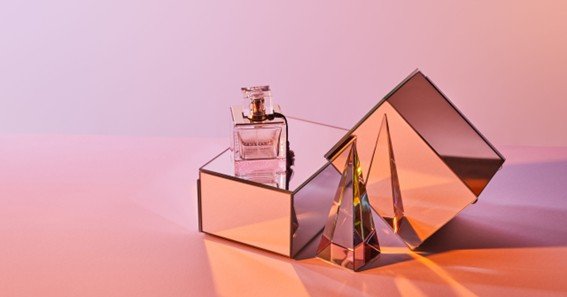In the realm of vintage perfumery, particularly with esteemed houses like Worth, the use of specific symbols and notations on labels offers insights into the product’s composition and era. One such notation is the degree (°) symbol, which has been employed to denote the alcohol concentration within the fragrance.
The Significance of the Degree Symbol in Perfume Labels
Historically, the degree symbol followed by a numerical value on perfume labels indicates the alcohol percentage in the fragrance. Common notations include “80°” or “90°,” representing 80% or 90% alcohol by volume, respectively. This practice was prevalent in the mid-20th century and served multiple purposes:
- Standardization: Providing a clear indication of alcohol content helped standardize products, ensuring consistency across batches.
-
Consumer Information: Informing consumers about the alcohol concentration allowed them to understand the fragrance’s potency and evaporation rate.
It’s important to note that this notation system was more common in earlier decades and has evolved over time. Modern perfumery often uses the percentage symbol (%) to denote alcohol content, aligning with international standards.
Historical Context of Alcohol Notation in Perfumery
The use of the degree symbol in denoting alcohol content is rooted in the Gay-Lussac (GL) system, where the degree (°) symbol had a direct correlation with alcohol by volume (ABV). In this system, 100° equated to 100% ABV. Over time, to cater to a global audience and simplify understanding, the International Organization of Legal Metrology (OIML) recommended the transition to the percentage (%) symbol for clarity and uniformity.
Conclusion
The presence of the degree symbol on Worth perfume labels is a historical artifact, denoting the alcohol concentration in the fragrance. This practice provided transparency and standardization in the mid-20th-century perfumery industry. Understanding these notations offers valuable insights into the composition and heritage of vintage fragrances.
Frequently Asked Questions
1. What does the “90°” notation on a vintage perfume bottle signify?
The “90°” notation indicates that the perfume contains 90% alcohol by volume, a common practice in mid-20th-century perfumery.
2. Why did perfumers use the degree symbol instead of the percentage symbol?
The degree symbol was used in the Gay-Lussac system to denote alcohol by volume. Over time, the percentage symbol became more universally adopted for clarity.
3. Does a higher alcohol content affect the fragrance’s quality?
Higher alcohol content can influence the fragrance’s evaporation rate and perceived strength but doesn’t necessarily determine quality.
4. Are modern perfumes labeled with alcohol content?
Modern perfumes typically do not display alcohol content on labels, as formulations are standardized, and consumers focus more on fragrance notes and concentrations like Eau de Toilette or Eau de Parfum.
5. How can I determine the age of a vintage perfume bottle?
Notations like the degree symbol, design elements, and packaging details can provide clues. Consulting resources on vintage perfume dating can offer more specific information.










